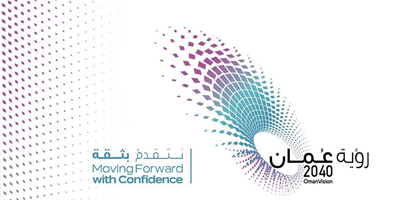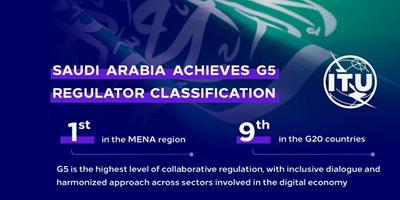5G connectivity promises a greater user experience with its high bandwidth combined with massive MIMO technology to provide users with Gbps data rates. However, in large open areas such as sports stadiums, convention centers and railway stations with a high user density, such Gbps experience can suffer owing to interference in radio signals. A ubiquitous and consistent service for such areas can have many takers and open up investments opportunities for improved network infrastructure and coverage given the digitalising of critical sectors.

Reports and Coverage
Securing tomorrow’s IT infrastructure
The modern IT network infrastructure model is witnessing rapid changes. With the deployment of 5G network architecture gaining momentum, business organizations cannot afford to overlook the importance of customer experience, increased adoption of advanced technologies such as artificial intelligence (AI) and robotic process automation (RPA) and migration to cloud from their IT service management (ITSM) strategy.
Salam is now fully compliant with NESAS standards
Salam, the new brand of Integrated Telecom, announced that it is now fully compliant with the Network Equipment Security Assurance Scheme (NESAS).
Vision 2040 to boost Oman’s ICT market value by 2024
Oman Vision 2040’s digital transformation is expected to boost the Sultanate’s ICT market to RO2.2 billion ($5.6 billion) by 2024.
UAE, Saudi Arabia reveal demand for sustainable, smart, fast networks
Research conducted by Ciena explores how sustainability, connected industries, and always-on connectivity drive the digital landscape in the United Arab Emirates (UAE) and the Kingdom of Saudi Arabia.
Splinternet: the fragmented future of Internet?
The internet has come a long way since the 80s when the ARPANET and the Defense Data Network were officially converted to Transfer Control Protocol/Internetwork Protocol (TCP/IP) standard that allowed people to use computers on different networks to connect.
KSA awarded G5 regulator status by ITU
Saudi Arabia has been recognized as the fifth-generation (G5) regulator by the International Telecommunications Union (ITU), the United Nations body responsible for activities related to information and communication technologies (ICT).
Bridging the digital divide wirelessly
Over the last 2 decades, the internet has become an integral part of our lives and it is hard to imagine life without it. However, out of the 7.8 billion world population, 46% remain off the grid. At a time when the advancement of digitalization is opening business opportunities and enhancing communication, making internet connectivity available in hard-to-reach locations warrants a wholehearted approach by both public and private organizations of every nation.
Demands and benefits of regulating 6 GHz band
Regulating the spectrum is vital to the mobility and connectivity surging within today’s data-heavy and tech-savvy generation. Allocation of spectrum through licenses guarantees flexibility to regulators to secure the best usage of the spectrum in society, and enables operators to offer innovative services with predictable quality service.
How does cryptography in the cloud work?
The world we have today is quickly turning to the cloud for various purposes such as hosting applications and services, SD-WAN, big data analytics, storage, and backup recovery, among others. Hence, the global cloud computing market is expected to be valued at over $620 billion by 2023, with global spending on cloud services to reach $1 trillion in 2024.

















